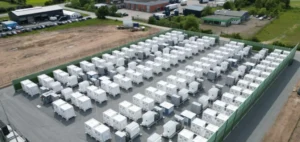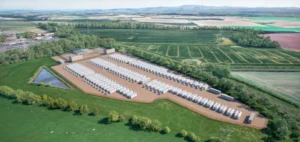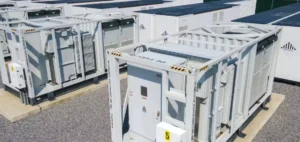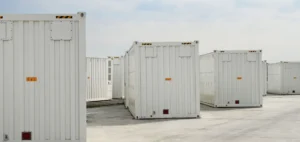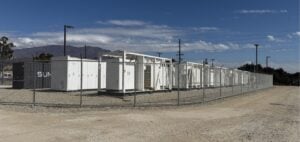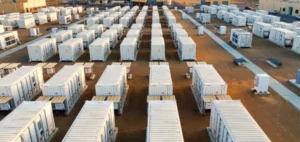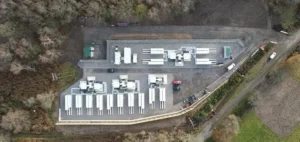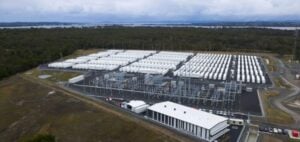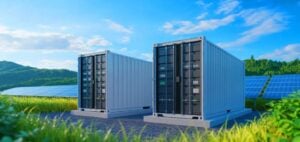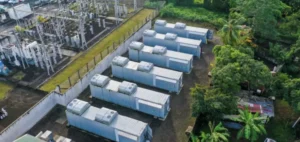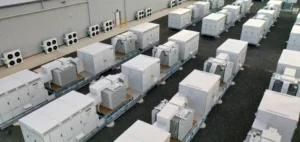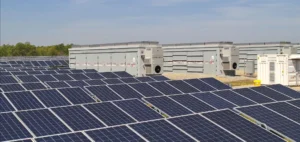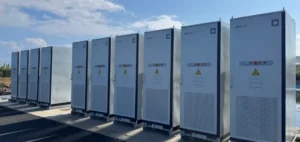Canadian renewable energy company Boralex Inc. has announced the selection of its Oxford battery energy storage project, with a nominal capacity of 125 MW. This project, selected by Ontario’s IESO (Independent Electricity System Operator), is part of the LT1 (Long-Term Request for Proposals) call for tenders. The Oxford Battery Energy Storage Project joins an already substantial portfolio including the Hagersville (300 MW) and Tilbury (80 MW) projects, also selected in last year’s tender.
Impact and development prospects
The Oxford project, located in South-West Oxford Township, Ontario, is designed for a four-hour storage time. Commercial operation is scheduled for 2027/2028. This project meets Ontario’s emerging energy needs, contributing to the cleanliness, reliability and stability of the power grid. It also demonstrates Boralex’s commitment to partnerships with local Aboriginal communities. Boralex has entered into a 50% partnership with the Six Nations of the Grand River Development Corporation (SNGRDC) for this project.
Matt Jamieson, President and CEO of SNGRDC, expressed his enthusiasm for this addition to the organization’s growing energy portfolio, and stressed the importance of Aboriginal involvement in innovative energy solutions. The aim of this collaboration is a sustainable and equitable future for future generations.
Community Involvement and Sustainable Development
Prior to submitting this proposal, Boralex participated in several community engagement opportunities, including attending local council meetings, hosting an open house and talking with local municipalities and residents. These engagement efforts will continue throughout the project’s development, with additional open houses during the permitting process and prior to construction.
Patrick Decostre, President and CEO of Boralex, stated that the announcement of the Oxford project confirms Boralex’s role as a key player in renewable energy in Canada. He also reaffirmed the company’s strategic objective of diversifying its asset portfolio by 2025 to include a significant proportion of storage.
The Oxford project is a perfect example of Boralex’s strategic direction towards greater integration of energy storage technologies, responding to the changing needs of Ontario’s energy market. The collaboration with SNGRDC underlines the importance of an inclusive, partnership-based approach to the development of sustainable energy solutions. As the industry evolves, initiatives like this one are essential to ensure the stability and resilience of power grids while promoting a fair and sustainable energy transition.




